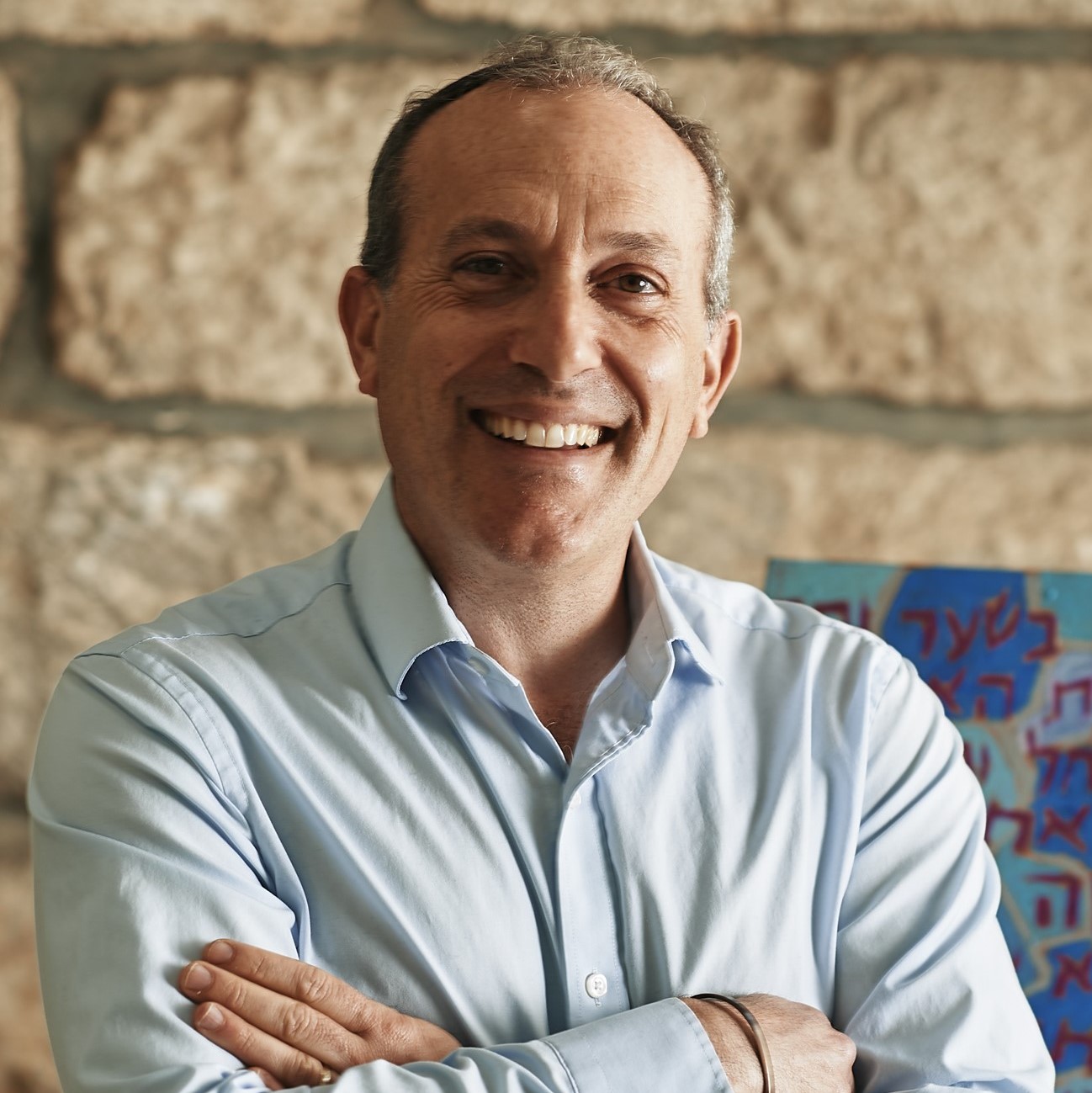Hereafter and Here Now

Eschatology, a branch of theological inquiry that focuses on the end of days and the afterlife, has become an obsession of popular culture. While discussions about eschatology allow for the imagination to soar, they leave us with the challenging task of imagining the unimaginable. What will happen at the end of days? And more immediately, how does Judaism relate to what happens after this life? In his substantive book analyzing this subject, The Death of Death, Dr. Neil Gillman writes about the profound difficulty of describing the afterlife: “All eschatologies are imaginative constructs. They must be imaginative not only because they deal with events that no human has ever beheld, but even more because these events will inaugurate an age which is properly timeless” (25). Our parashah this week, Parashat Va–y’hi, touches on a very compelling image of the afterlife, as we are given a window into the last hours of our ancestor, Jacob.
After blessing each of his sons, “Jacob commanded them and said to them, ‘I am about to be gathered to my ancestors…‘” (Genesis 49:29). Although Jacob continues his soliloquy pleading that his children bury him in the field of Machpelah, it is his opening words that touch the reader most deeply – the image of him being gathered to his ancestors. How are we to understand this idea of gathering? In his commentary on the Book of Genesis, Nahum Sarna explains that this phrase is used in speaking of Ishmael, Isaac, Jacob, Aaron and Moses. Sarna notes, “it is not the same as burial in an ancestral grave, because it is employed of Abraham, Aaron and Moses, none of whom were buried with his forefathers… it would seem therefore, that the existence of this idiom… testifies to a belief that, despite his mortality and perishability, man possesses an immortal element that survives the loss of life. Death is looked upon as a transition to an afterlife where one is united with one’s ancestors” (JPS Torah Commentary, Genesis 174).
Though thorough discussion of the topic occurs in the Rabbinic Period and later, Sarna astutely notes that a belief in the afterlife is alluded to explicitly in the earlier, Biblical Period. Though his time in this world is limited, Jacob is comforted in our parashah by family – a family that surrounds him in this world, and one that he looks forward to in the world to come. In all of his paternal wisdom, Jacob imparts a deep sense of consolation to those of us left behind after tragedy. We hope and pray that indeed the biblical expression speaks to an eternal reality. Our lives with loved ones in this world are too short, and sometimes, only the belief that we will be reunited with them, can carry us through the vale of tears.
However, Abraham Joshua Heschel criticizes the obsession of his contemporaries with the hereafter. In so doing, he focuses our attention on the priority of Judaism – this world. “Unless we cultivate sensitivity to glory while here… what can there be in store for us in the life to come? The seed of life eternal is planted within us here and now. But a seed is wasted when placed on a stone, into souls that die while the body is still alive… The cry for a life beyond the grave is presumptuous, if there is no cry for eternal life prior to descending to the grave… The world to come is not only a hereafter but also a here now” (Moral Grandeur and Spiritual Audacity 378).
May the legacy of our ancestors guide us in this world and comfort us in the world to come.
The publication and distribution of the Taste of Torah commentary has been made possible by a generous gift from Sam and Marilee Susi.



